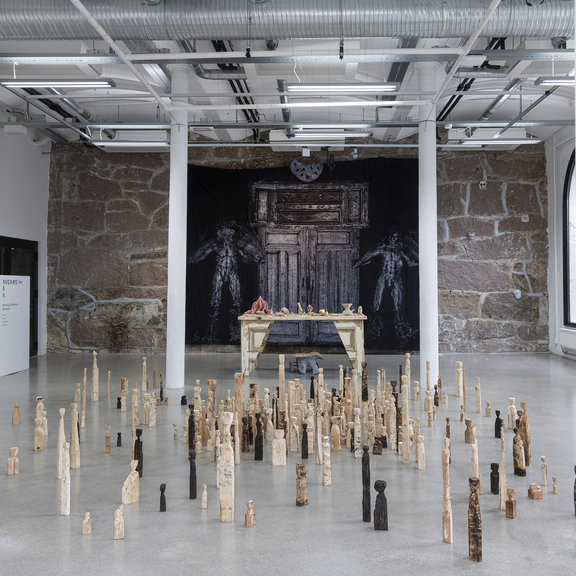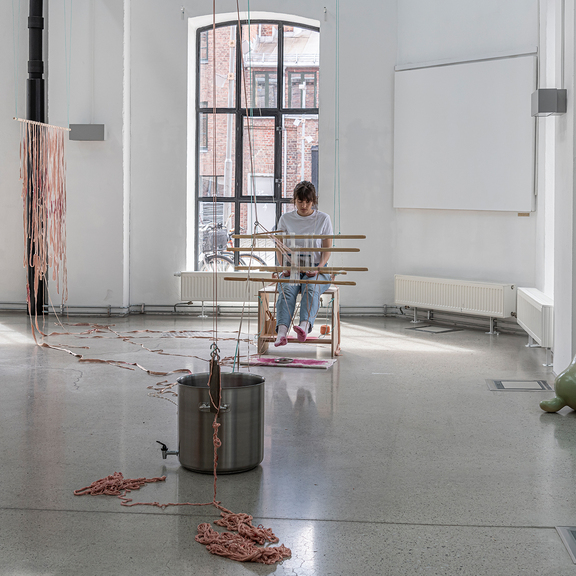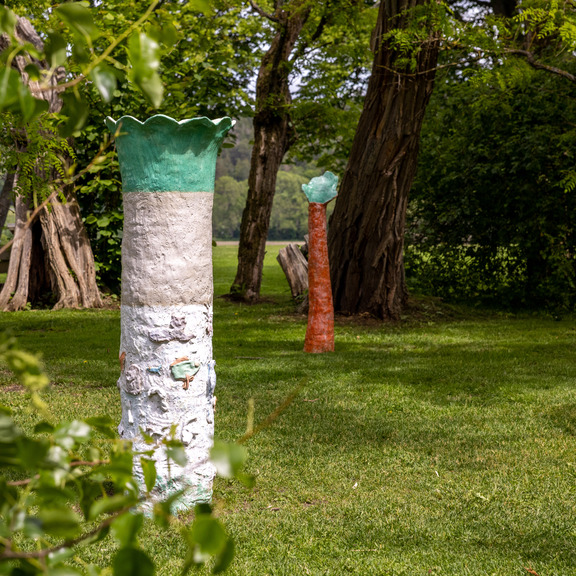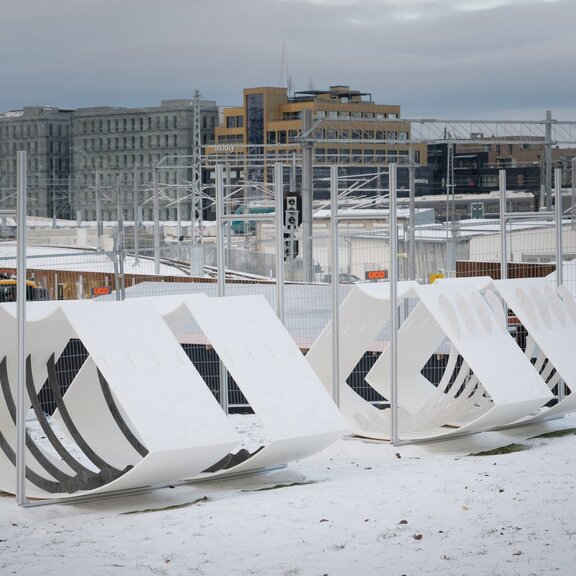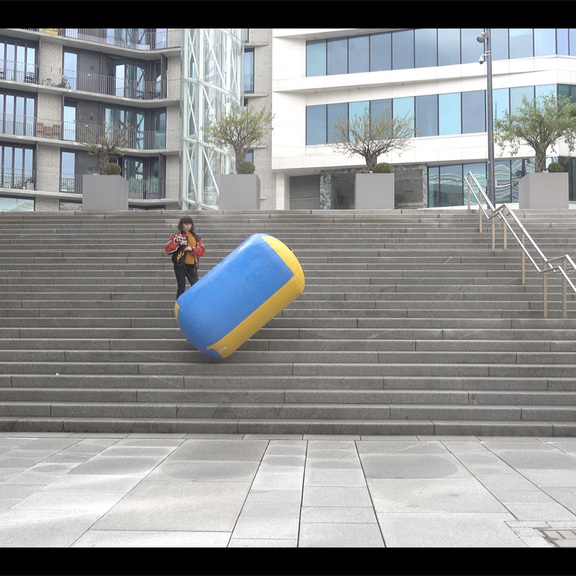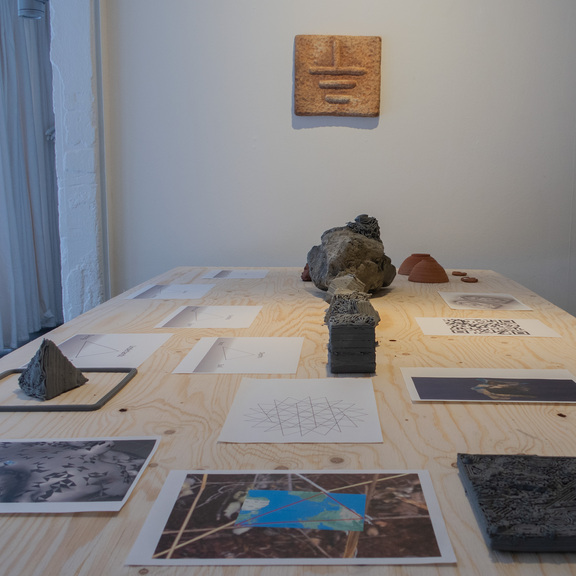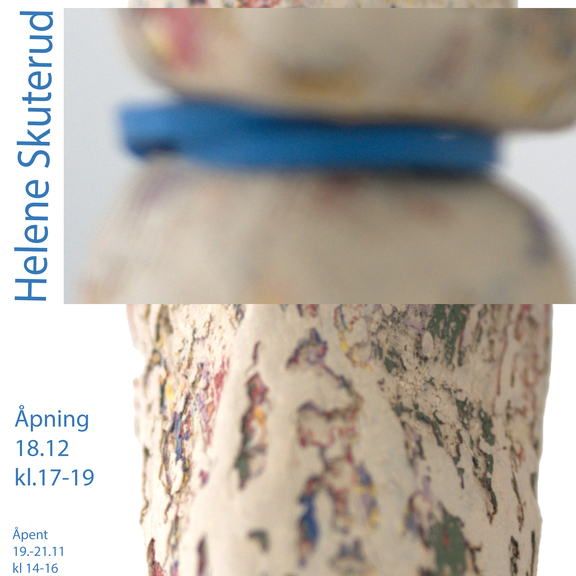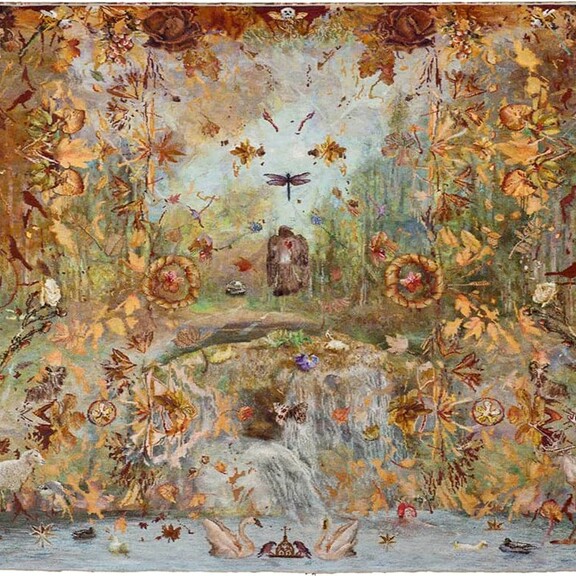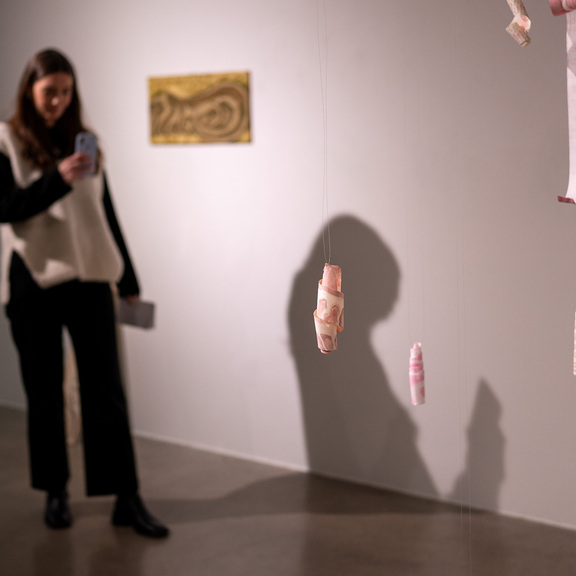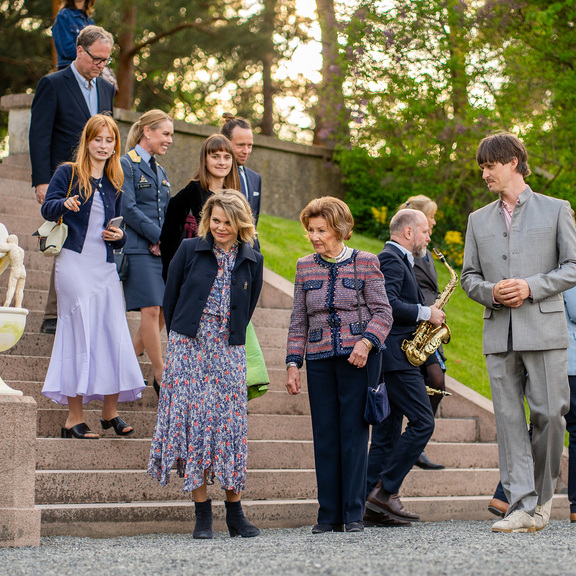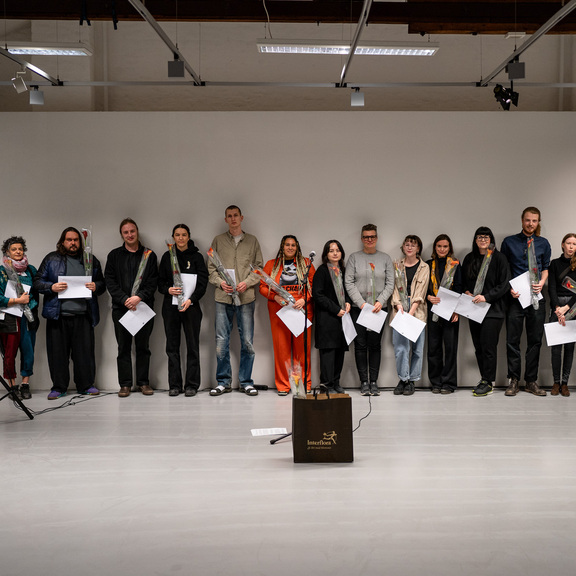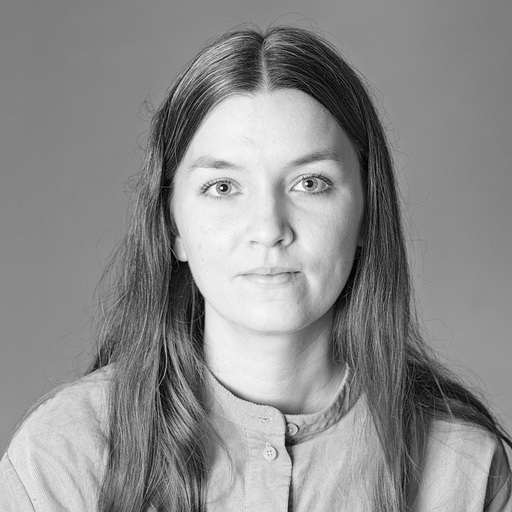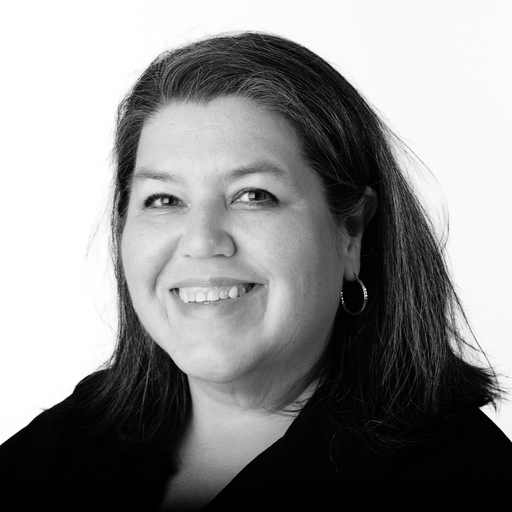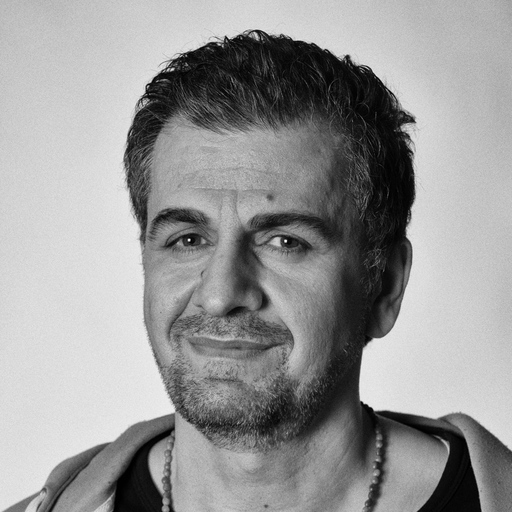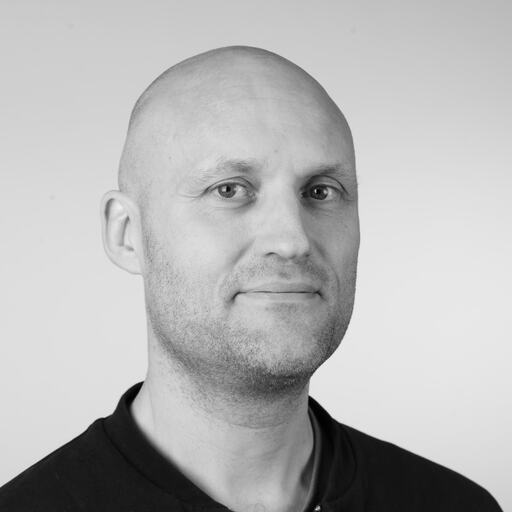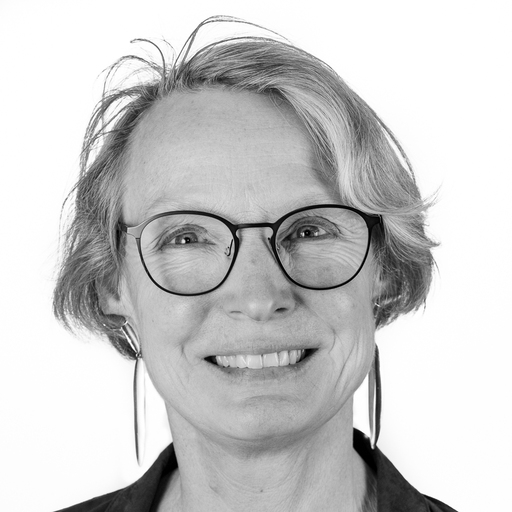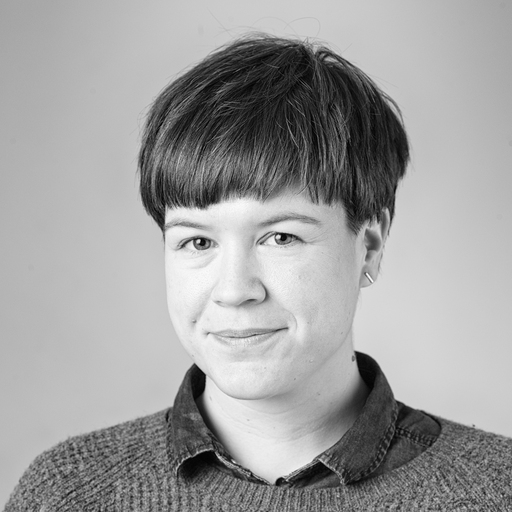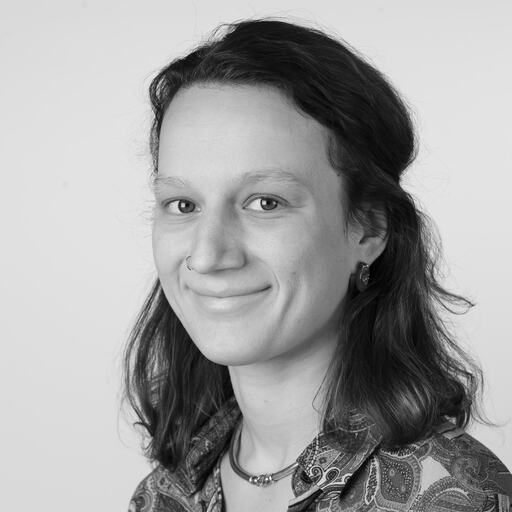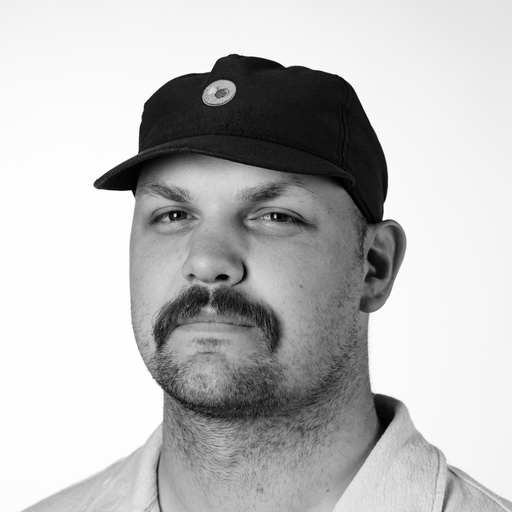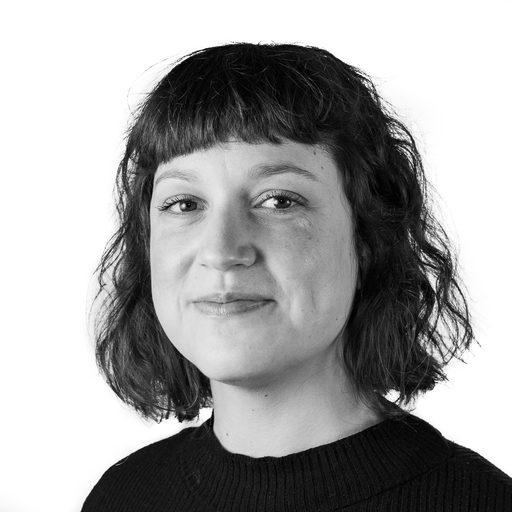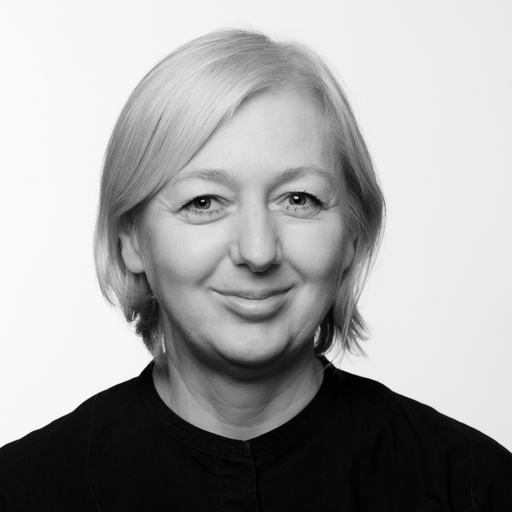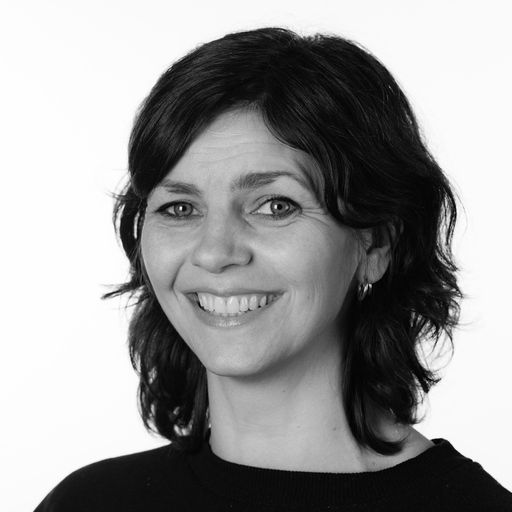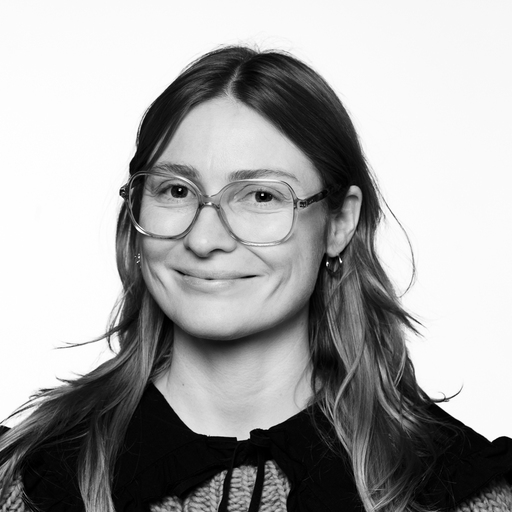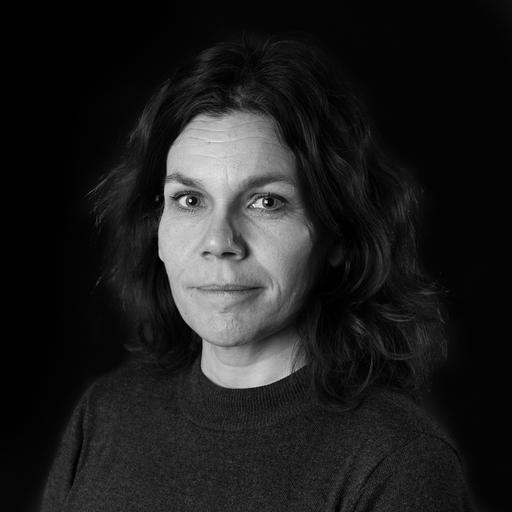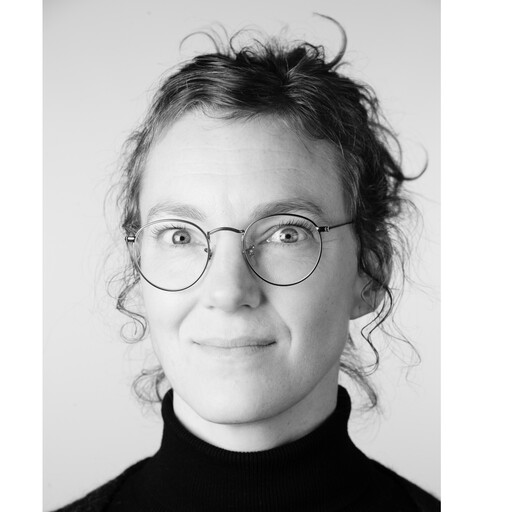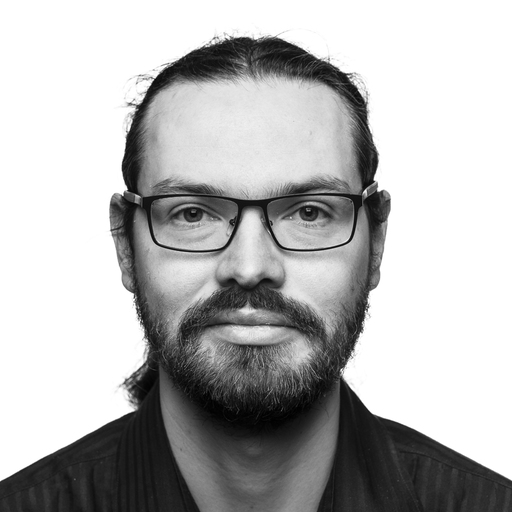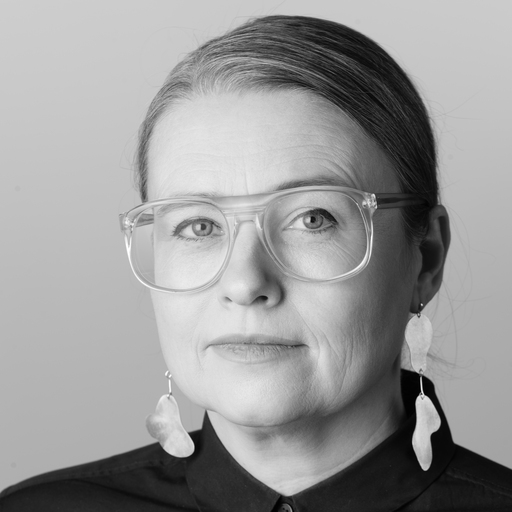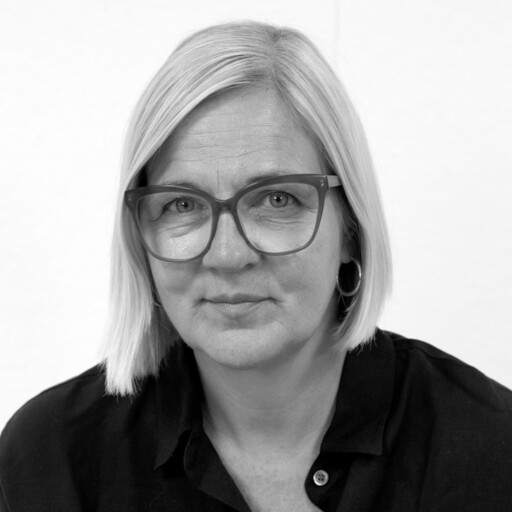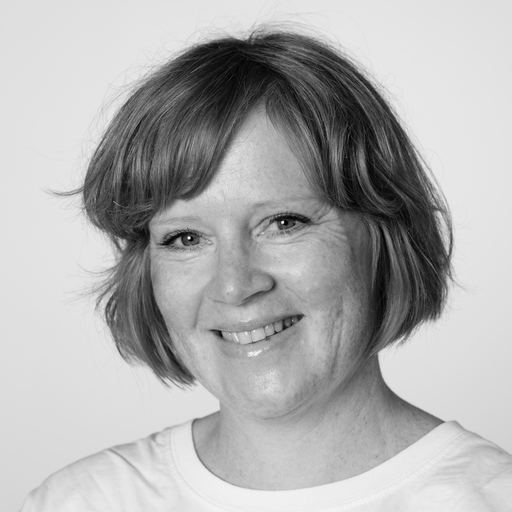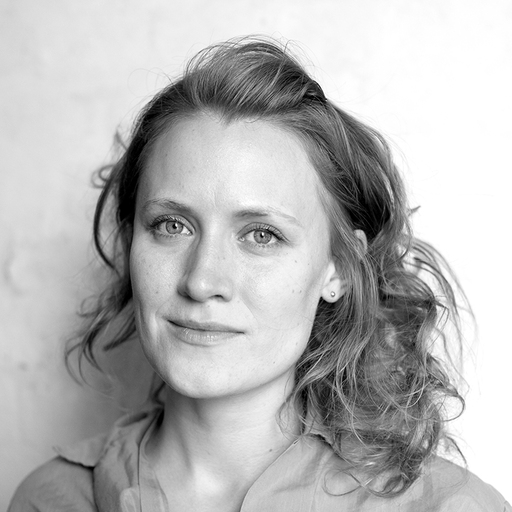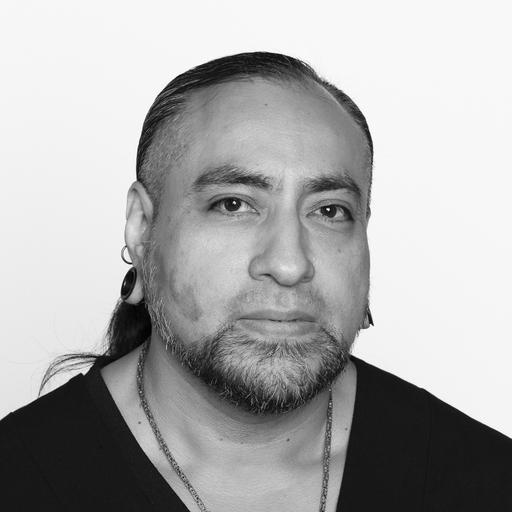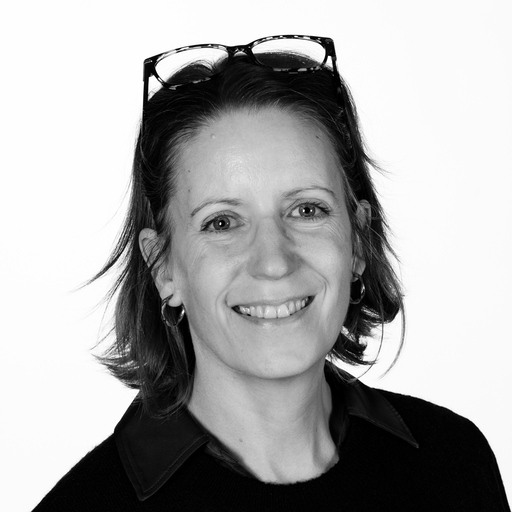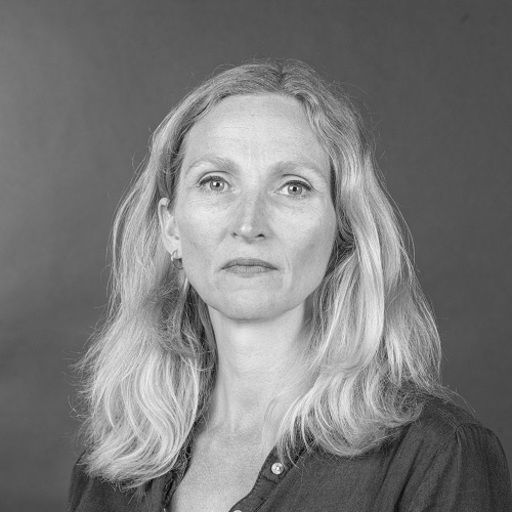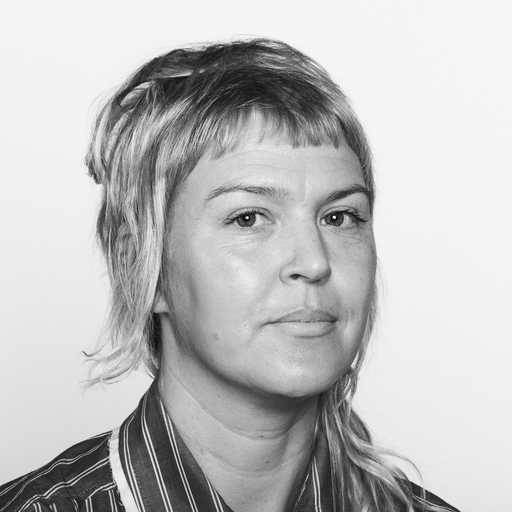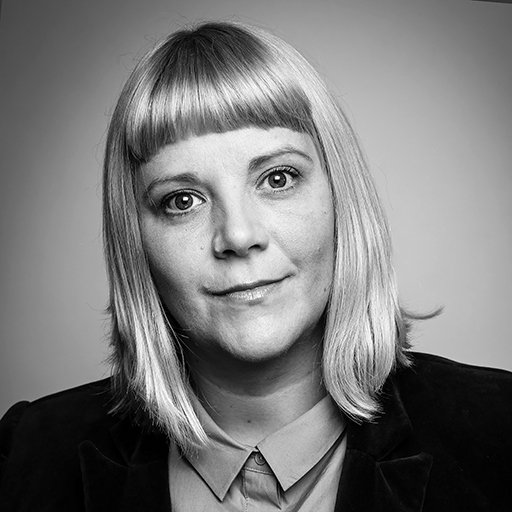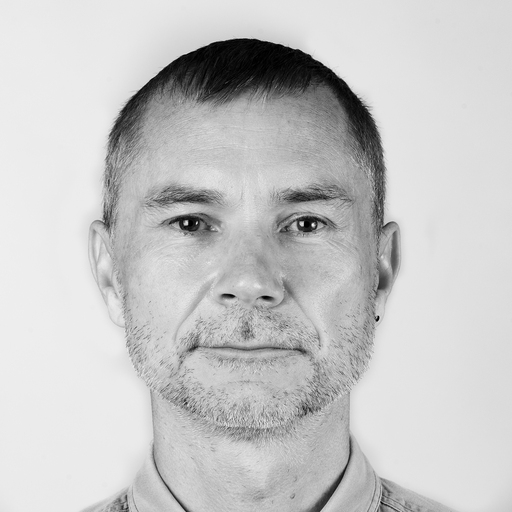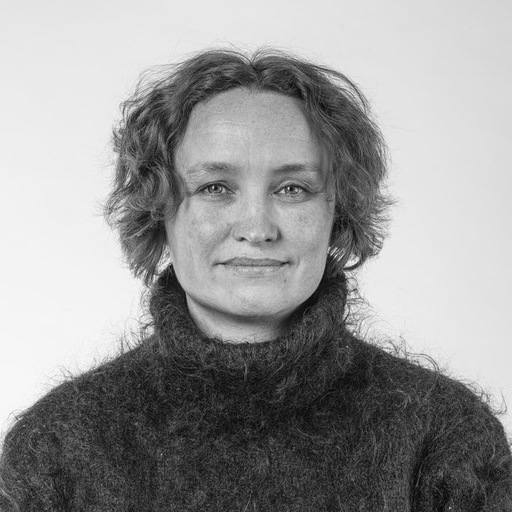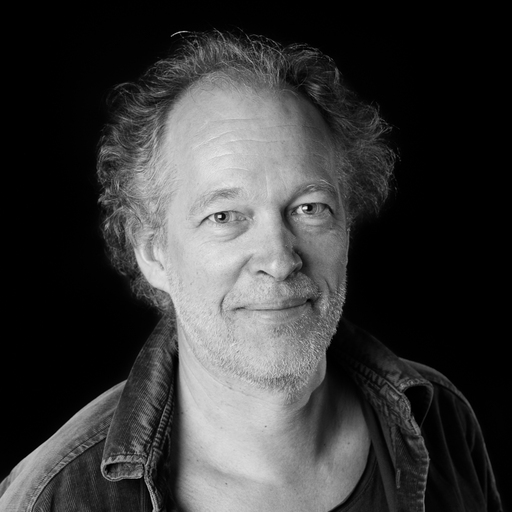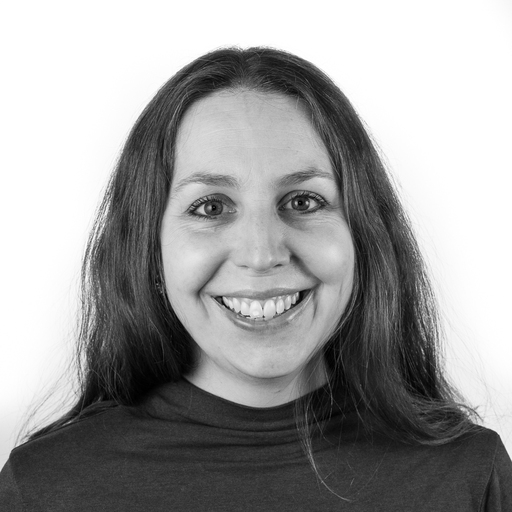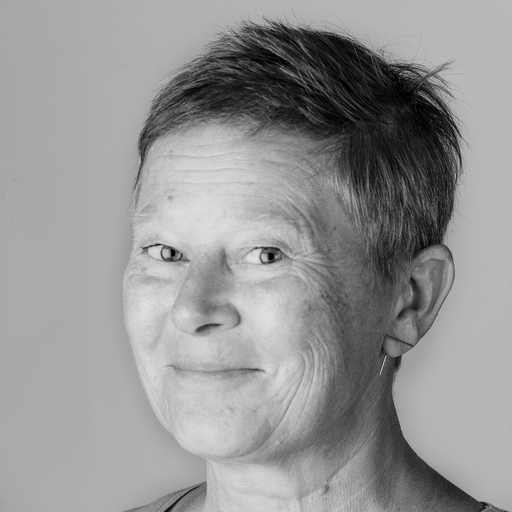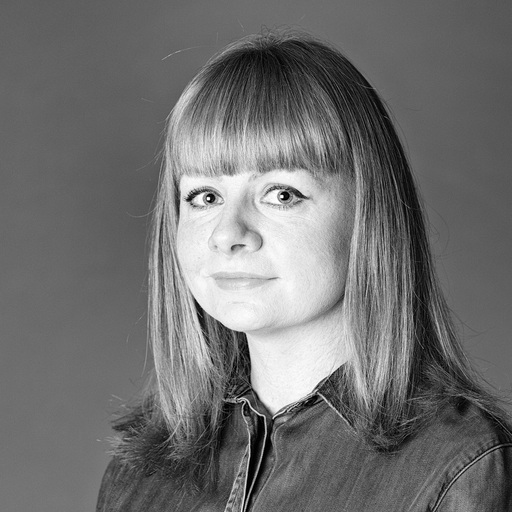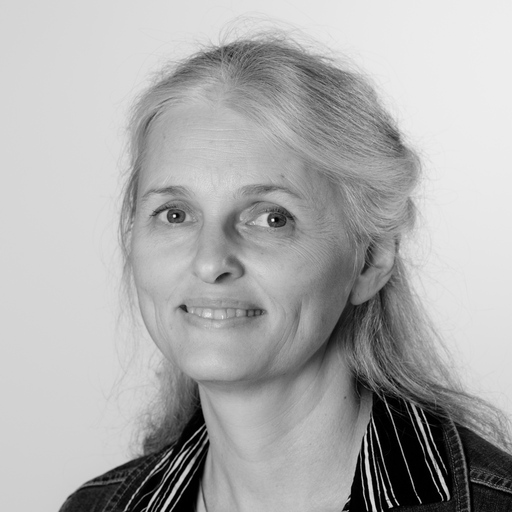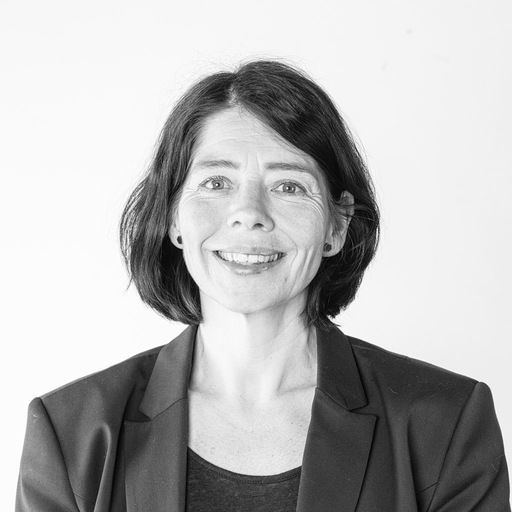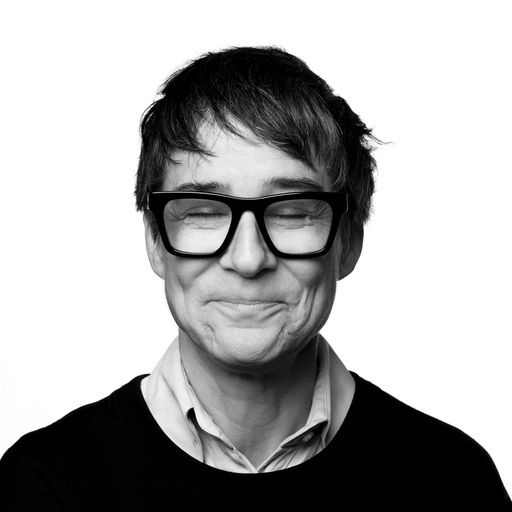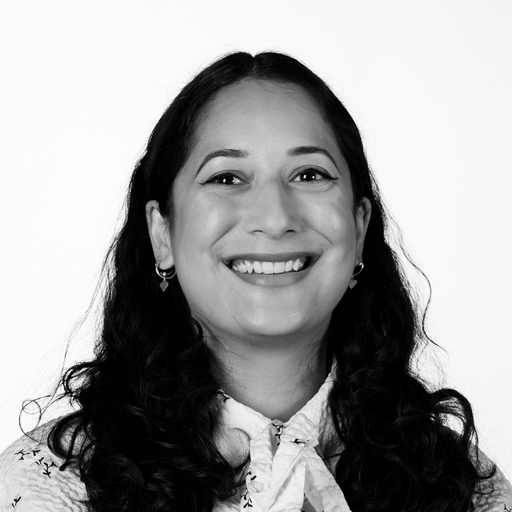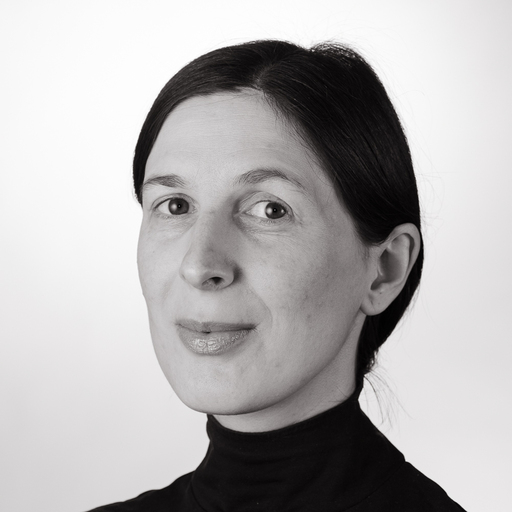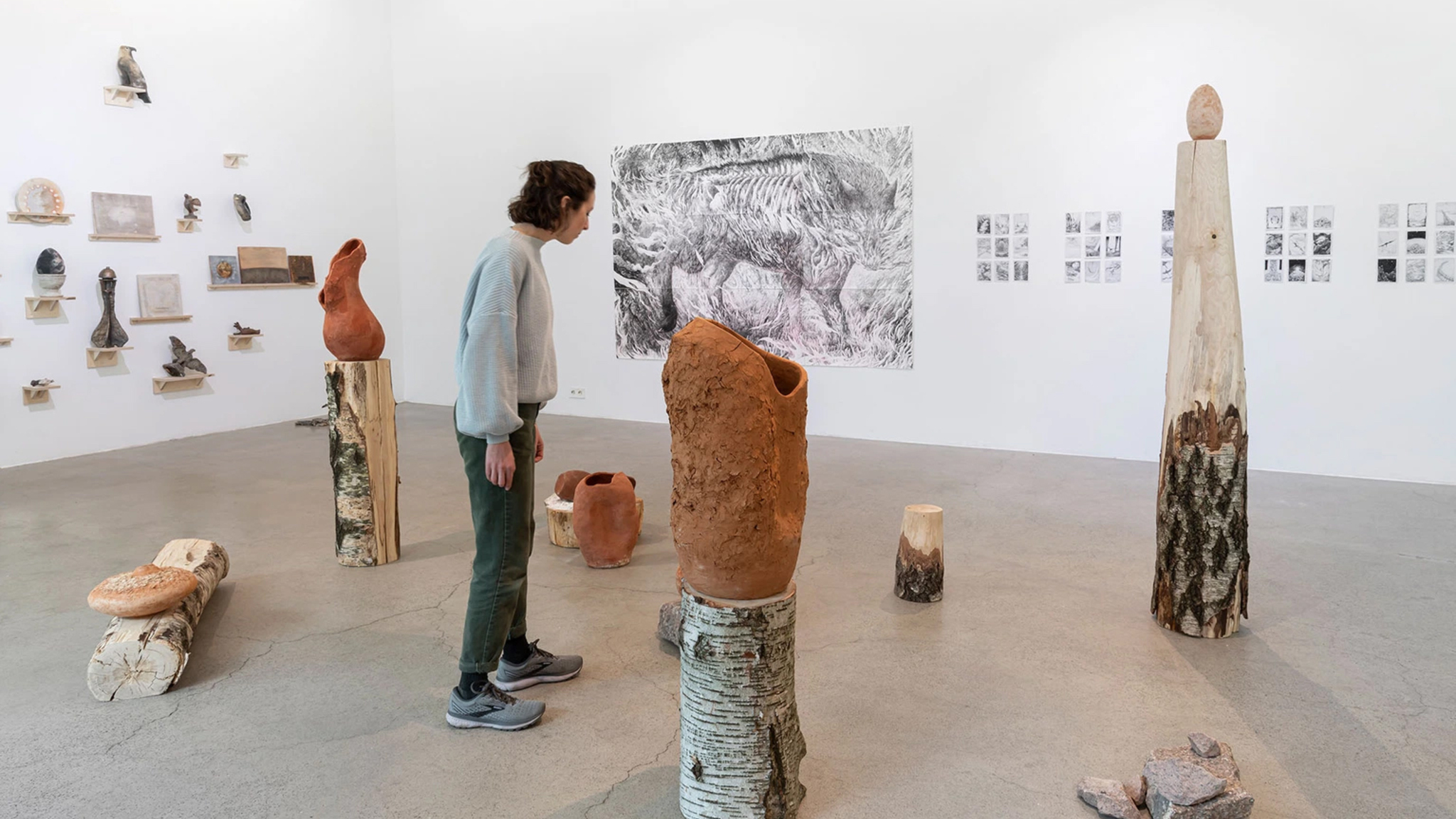

Art and Craft
The Art and Craft department offers an art training in the fields of ceramics, textile, print and drawing, metal and jewellery, art and public space.
The department has an experimental approach to workshop-based art practices. We are a meeting place that invites interdisciplinary collaborations and the exchange of knowledge between material-based art and strategies for art and public space. Our study programmes emphasise the exploration of craft-based knowledge and the connections between art, society and the individual.
The Oslo National Academy of the Arts has some of the most advanced workshop facilities in Europe. At the Art and Craft department the workshop is a central arena for teaching, artistic development and research.
As a student at the department you will be part of an inspiring professional environment. Our teaching and research staff are an international group of practising artists with specialist knowledge within their respective fields. Seminars and lectures with prominent artists, curators and art critics are an important part of our study programmes. Students are expected to take an active public role by exhibiting and participating in the art scene.
Study programmes
Artistic research
The discipline of art and craft
Artistic research at the Art and Craft department takes an experimental approach to workshop-based art practices and an interest in the relationship between art, society, and the individual. It functions as a common meeting place that facilitates interaction and development between material-based art and public art strategies.
See projects from all departments.
